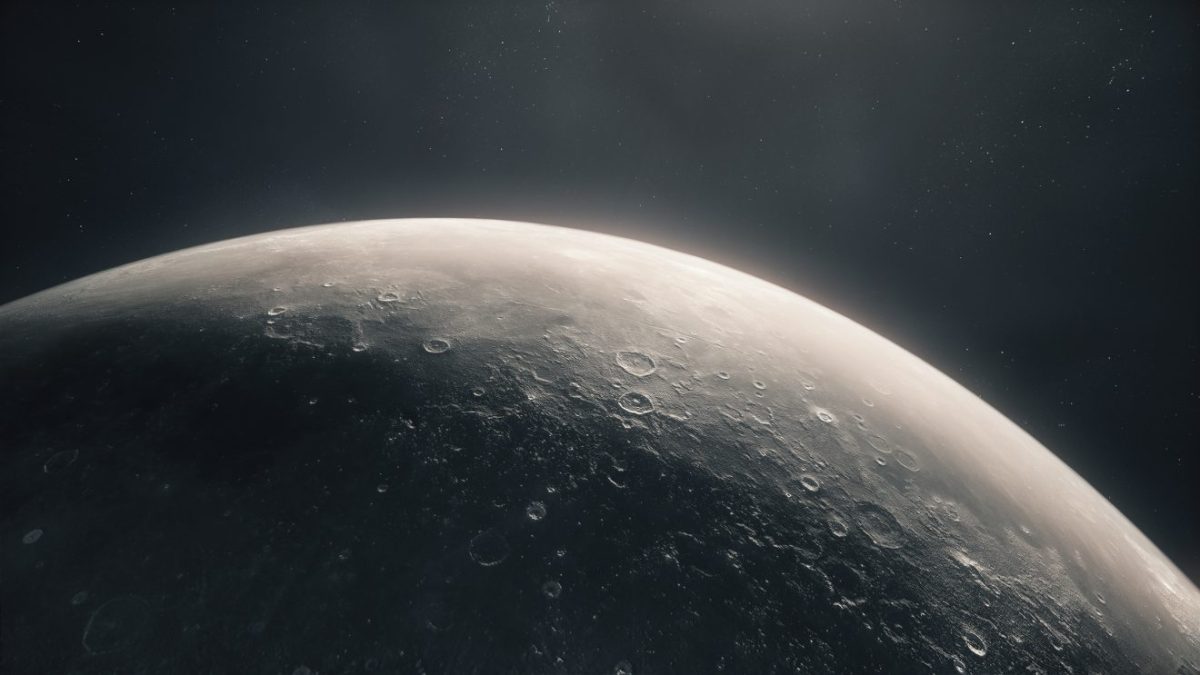NASA Selects Florida Tech CubeSat Proposal for $60,000 Grant
A new university grant may lead to breakthrough research for scientists looking to understand the terrain of the moon and planets.
A proposal from Paula do Vale Pereira, assistant professor of aerospace engineering, was selected for funding as part of NASA’s University Nanosatellite Program (UNP).The $60,000 grant, which runs from May through August, provides students with systems engineering training, preparing them to work in the space industry while simultaneously enhancing small satellite expertise among faculty at U.S. universities.
Florida Tech was one of just eight universities to be chosen for this initiative; nearly two dozen applied.
Pereira and her team of four student researchers will examine the requirements and components needed for the satellite. Pereira and her team’s long-term goal is to build a small satellite bearing special sensors to orbit the moon and study surface terrain. The sensors will scan the terrain in infrared, visible and ultraviolet spectra and will match that data with moon regolith samples from that same area collected during upcoming Artemis missions. By correlating the spectrum of the light reflected on the moon’s surface to laboratory data of the collected samples, the team will be able to create a “dictionary” – called Ground Truth – that matches reflection patterns to specific soil compositions.
“If we have enough satellite data and enough of that ground matching data, then by just capturing pictures of far-away planets, moons or asteroids we would be able to get this dictionary and use it to estimate the composition of those bodies” Pereira said. “Based on how they are reflecting sunlight, we would be able to tell what the surface is made out of.”
Pereira, a member of the Small Satellite Technical Committee of the American Institute of Aeronautics and Astronautics, chose to use a CubeSat to study the moon’s surface for multiple reasons. Compared to normal satellites, the smaller and relatively standardized CubeSats are a cost-efficient option. They are also light, so launching them to orbit the moon is relatively cheap. Being closer to the moon, the satellites would be able to gather detailed data in a way that a telescope from Earth wouldn’t be able to due to atmosphere and distance. With large telescopes like the James Webb Space Telescope focusing their efforts on deep space exploration, the CubeSat seemed like a good companion to help us understand more about the universe, she said.
The summer program involves various events beyond the lab. There was a two-day kickoff meeting at the Kennedy Space Center in May. The student researchers will then intern at the Air Force Research Lab in Albuquerque, New Mexico, and return to campus in July where they will do more research on the satellite. In the first week of August, Pereira and the researchers will travel to Utah for a conference related to the research.
For Pereira, potentially sending a spacecraft to the moon has her excited about about the findings the mission could yield – and also about the experiences for her students along the way.
“I see so many students around the university who are so excited about space, wanting to build and work on space-related hardware, and they don’t have that many opportunities,” Pereira said. “Being able to provide one opportunity to them — it’s a small number of students, but at least some students — and seeing them have that experience is very meaningful to me.”
After this grant is completed, Pereira hopes to apply for a larger, two-year grant that covers the development and launch costs of the satellite.





